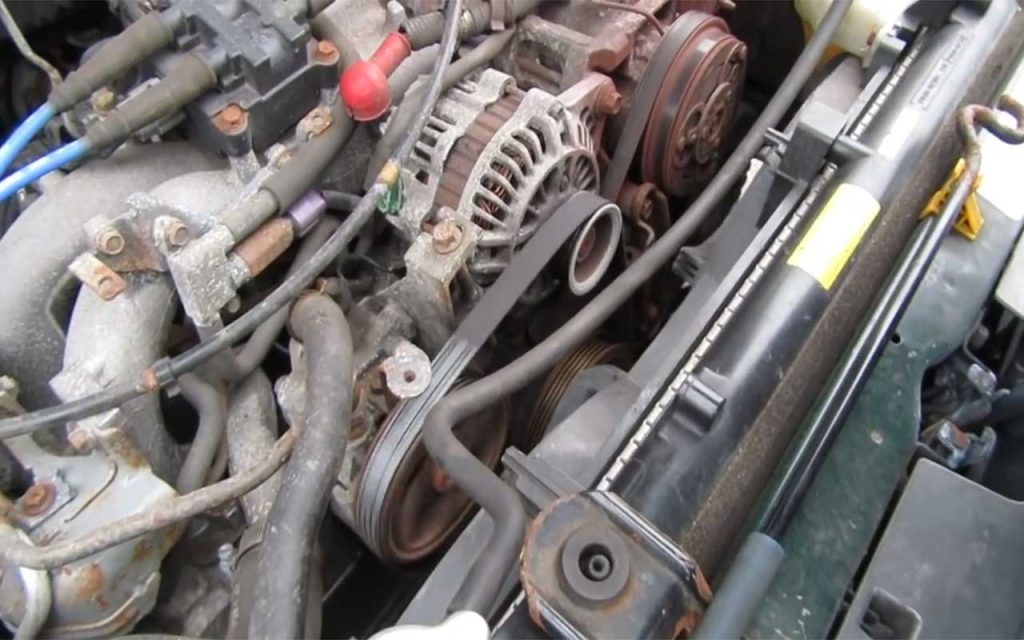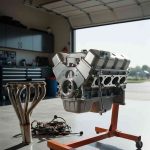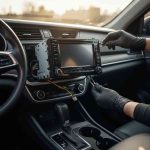When shopping for car parts, you’ll often see the term OEM. But what exactly does it mean, and how does it compare to aftermarket options? If you’re buying from a junkyard or self-service yard like a U-Pull-It facility, understanding OEM is key to getting the right fit and performance.
What Does OEM Mean in Car Parts?
OEM stands for Original Equipment Manufacturer. These parts are made to the exact specifications as the ones that originally came with your vehicle when it left the factory.
- Exact fit and performance — Designed to work perfectly with your make and model.
- Factory quality — Meets the same safety and durability standards as the original part.
- Branding — Often stamped with the automaker’s logo or part number.
Example: A brake disc made for a 2018 Honda Civic by Bosch for Honda is an OEM part — even if Bosch also sells a similar version under its own name in the aftermarket.

OEM vs. Aftermarket: Key Differences
| Feature | OEM Parts | Aftermarket Parts |
|---|---|---|
| Fit | Exact match | May vary slightly |
| Quality | Factory standard | Quality varies widely |
| Price | Higher | Usually lower |
| Availability | Dealer, OEM suppliers, salvage yards | Auto parts stores, online |
| Branding | Automaker or OEM manufacturer | Parts brand name |
For a detailed guide on how to pull your own OEM parts from a yard, check our U-Pull-It Junkyard Guide.
Are OEM Parts Always Made by the Automaker?
Not necessarily. Automakers often outsource parts to specialized manufacturers. For example:
- Denso makes many OEM Toyota components.
- Bosch produces OEM brake and electrical parts for multiple brands.
The key is that these parts meet the exact factory specs.
How to Identify OEM Brake Discs and Other Parts
Look for these signs when inspecting parts — whether at a dealer, parts store, or junkyard:
- Automaker logo or part number etched or stamped.
- Original packaging (if buying new).
- Certifications such as ISO or SAE compliance.
- Matching wear patterns when replacing in pairs or sets.
If you’re sourcing from a salvage yard, check our junkyard buying tips for inspection advice.
Can OEM Brake Discs Be Replaced with Non-Original Parts?
Yes — many aftermarket brake discs meet or exceed OEM standards. However:
- For safety-critical parts like brakes or airbags, OEM is generally the safest choice.
- For restoration projects or maintaining warranty coverage, OEM is often required.
For more info on the differences, visit Aftermarket vs OEM Parts: Pros & Cons.

Do Junkyards Provide Only OEM Parts?
Most vehicles in junkyards still have their original OEM parts. That’s because:
- Many cars arrive with their factory-installed components intact.
- Aftermarket replacements are less common on non-modified vehicles.
You might also find aftermarket upgrades, especially in wheels, stereos, and exhaust systems.
For yard-specific inventory, check our junkyard inventory search page.
When to Choose OEM Over Aftermarket
- Safety-critical components (brakes, airbags, steering parts)
- Under warranty repairs
- Restoration projects needing exact originality
Tips for Finding OEM Parts at Junkyards
- Search inventory online before visiting.
- Bring your tools — U-Pull-It yards are self-service.
- Inspect part numbers before removing.
- Compare prices — sometimes new aftermarket is cheaper than used OEM.
- Check core exchange programs for extra savings.
Learn how to maximize savings in our junkyard shopping guide.
Environmental Benefits of Using OEM Salvage Parts
Reusing OEM parts from salvage yards reduces:
- Waste in landfills
- Energy consumption from manufacturing new parts
- Mining of raw materials
For more on recycling and auto part reuse, see the EPA’s Auto Recycling Facts.
Frequently Asked Questions
Q: Are OEM parts always better than aftermarket?
A: Not always. Some aftermarket parts meet or exceed OEM quality at a lower price.
Q: Can I use used OEM parts?
A: Yes, if they’re in good condition and inspected properly.
Q: How do I know if a part from a junkyard is OEM?
A: Check for part numbers, automaker logos, and matching specs.
Q: Do OEM parts last longer?
A: Usually, yes — but it depends on maintenance and usage.





Leave a Reply
You must be logged in to post a comment.